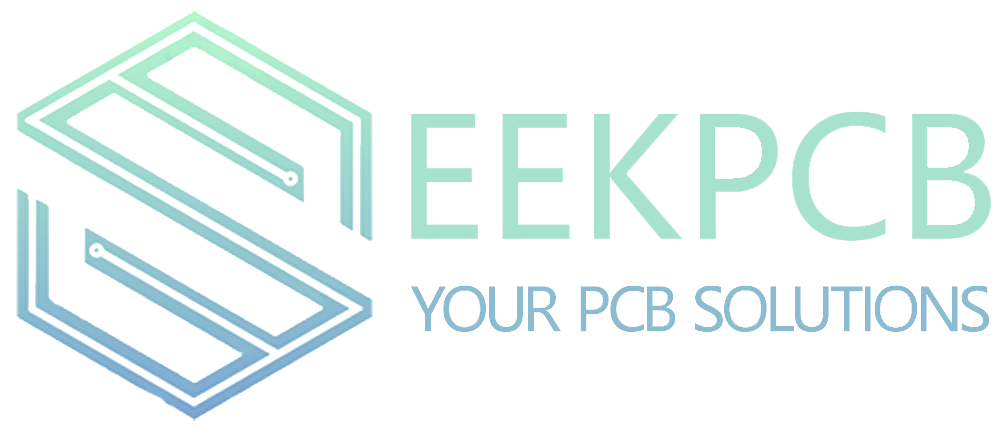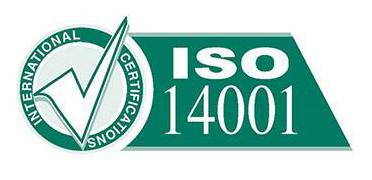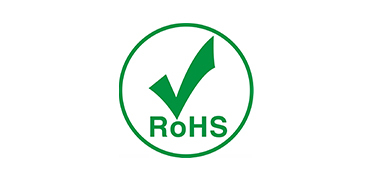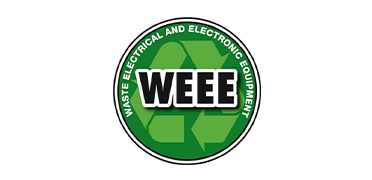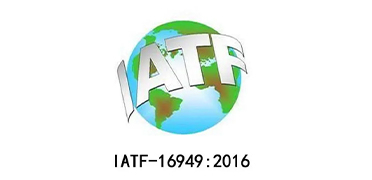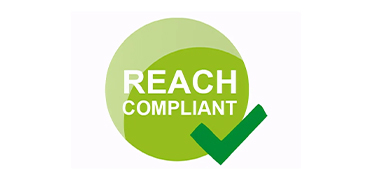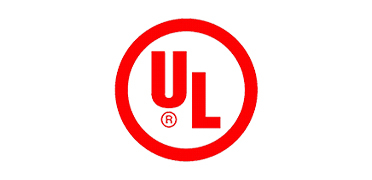What is the difference between IC substrate and PCB?
Views: 0 Author: Site Editor Publish Time: 2024-06-10 Origin: Site









In the world of electronics, understanding the nuances between different components is crucial. Two such components that often come up in discussions are the IC Substrate and the PCB. While they may seem similar at first glance, they serve distinct purposes and have unique characteristics. In this article, we will delve into the differences between IC Substrate and PCB, shedding light on their individual roles in the electronics industry.
Understanding IC Substrate
The IC Substrate, or Integrated Circuit Substrate, is a critical component in the manufacturing of integrated circuits. It acts as a foundation for the IC, providing mechanical support and electrical connections. The IC Substrate is designed to accommodate the tiny, intricate circuits that make up an integrated circuit, ensuring that they function correctly and efficiently.
Material Composition
IC Substrates are typically made from high-quality materials such as ceramic, silicon, or organic compounds. These materials are chosen for their excellent thermal and electrical properties, which are essential for the performance of integrated circuits. The choice of material can significantly impact the overall performance and reliability of the IC.
Manufacturing Process
The manufacturing process of IC Substrates is highly specialized and involves several steps, including photolithography, etching, and deposition. These processes ensure that the substrate can support the intricate circuitry of the IC while maintaining high levels of precision and reliability. The complexity of this process often makes IC Substrates more expensive than other types of substrates.
Applications
IC Substrates are primarily used in high-performance applications such as microprocessors, memory chips, and other advanced electronic devices. Their ability to support complex circuitry and provide excellent thermal and electrical properties makes them indispensable in the production of cutting-edge technology.
Understanding PCB
On the other hand, a PCB, or Printed Circuit Board, is a broader term that encompasses a wide range of electronic components. A PCB serves as a platform for mounting various electronic components, including ICs, resistors, capacitors, and more. It provides the necessary electrical connections between these components, allowing them to function as a cohesive unit.
Material Composition
PCBs are typically made from a combination of fiberglass and epoxy resin, with a layer of copper foil laminated to the surface. This composition provides a sturdy and reliable platform for mounting electronic components. The copper layer is etched to create the necessary electrical pathways, connecting the various components on the board.
Manufacturing Process
The manufacturing process of PCBs involves several steps, including designing the layout, printing the design onto the board, etching the copper layer, and assembling the components. While the process can be complex, it is generally more straightforward and cost-effective than the manufacturing of IC Substrates. This makes PCBs a popular choice for a wide range of electronic applications.
Applications
PCBs are used in virtually every electronic device, from simple household appliances to complex industrial machinery. Their versatility and cost-effectiveness make them an essential component in the electronics industry. Whether it's a smartphone, a computer, or a home appliance, chances are it contains a PCB.
Key Differences Between IC Substrate and PCB
While both IC Substrates and PCBs play crucial roles in the electronics industry, they have several key differences that set them apart.
Function
The primary function of an IC Substrate is to support and connect the intricate circuitry of an integrated circuit. In contrast, a PCB serves as a platform for mounting a wide range of electronic components, providing the necessary electrical connections between them.
Material
IC Substrates are made from high-quality materials such as ceramic, silicon, or organic compounds, chosen for their excellent thermal and electrical properties. PCBs, on the other hand, are typically made from fiberglass and epoxy resin with a layer of copper foil.
Manufacturing Complexity
The manufacturing process of IC Substrates is highly specialized and involves several intricate steps, making it more complex and expensive. In contrast, the manufacturing process of PCBs is generally more straightforward and cost-effective.
Applications
IC Substrates are primarily used in high-performance applications such as microprocessors and memory chips, while PCBs are used in a wide range of electronic devices, from household appliances to industrial machinery.
Conclusion
In summary, while IC Substrates and PCBs may seem similar at first glance, they serve distinct purposes and have unique characteristics. Understanding these differences is crucial for anyone involved in the electronics industry, as it allows for better decision-making and more efficient design and manufacturing processes. Whether you're working with high-performance integrated circuits or designing a new electronic device, knowing the difference between IC Substrate and PCB can make all the difference.
+86-18925293263
